According to a widespread definition, any sources of obtaining necessary benefits by a human being belong to biological resources. That is, everything that can benefit people can be called biological resources. And if humanity has not found application to representatives of the animal or plant world or does not use it for its own good, it is impossible to relate them to this definition.
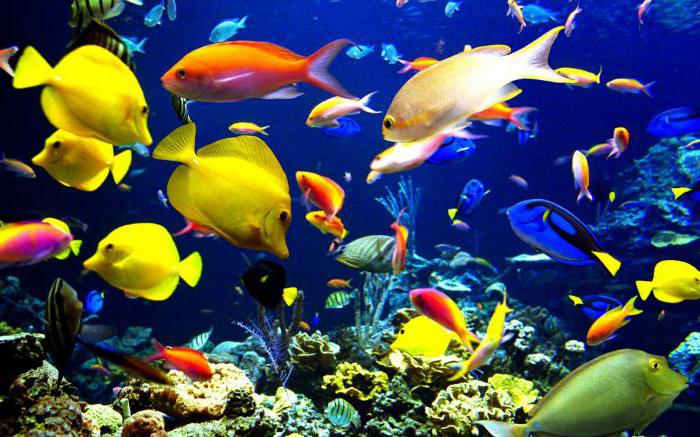
World Resources
The resources of our planet are classified in a number of directions. They can be divided into exhaustible and inexhaustible. Based on such definitions, all biological resources of the world belong to the first type. They tend to end.
The division can occur according to the parameters: renewable and non-renewable. All representatives of the animal and plant world are renewable resources, although some of them are only partially restored. In the relationship of mankind with the outside world, the concept of the protection of biological resources arose relatively recently. The Red Books of endangered animals and plants have appeared. Until the twentieth century, people in search of profit actively mined rare, valuable specimens of plants and animals, which led to the complete disappearance of entire species.
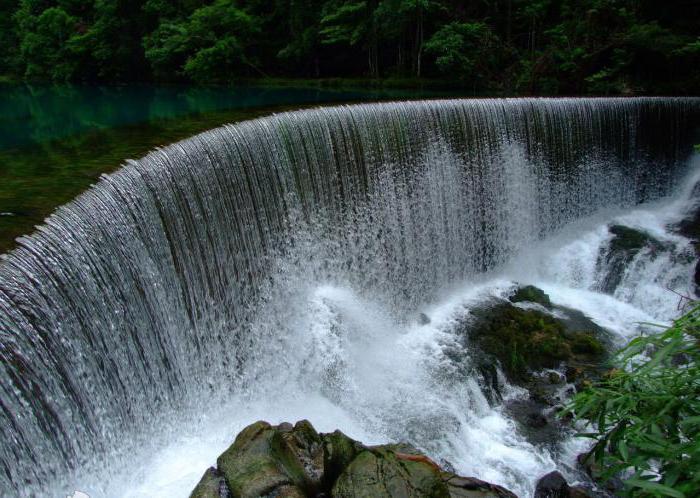
Resources can be interchangeable or irreplaceable. And if the mineral components of a person’s life can be compensated, then the person’s biological components cannot be replaced. At least at the level of modern technological development.
Animal and plant world of the planet
As you know, the surface of our planet is covered with water by more than seventy percent. It would seem that the population of the aquatic environment should be higher. This is actually not the case. No matter how different scientific estimates of the total number of species of animals and plants on Earth, all agree on one thing - much fewer living organisms live in the oceans. And the calculations vary greatly.
So, according to various sources, there are from two to eight million species of animals in the world, and plants - only from one hundred to three hundred thousand. This difference is explained by the fact that most species have not yet been described by scientists. But this majority includes species that are numerous in their diversity, but of little significance for the total biological mass. For example, more than one and a half million species are already known to insects, but their influence on biological resources is insignificant.
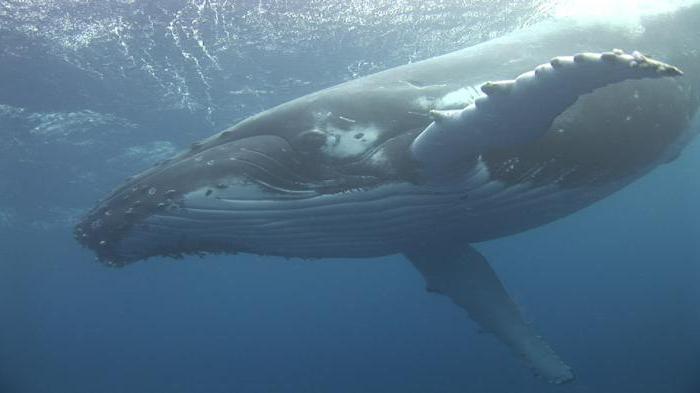
Be that as it may, all scientists agree that the number of species and animals and plants in the aquatic environment is less than ten percent of the total number on earth. This confirms the fact that, despite the origin of all living things from the oceans, the processes of evolution on land took place much more intensively than in the aquatic environment.
By mass, the difference between the water world and the continental is even more striking. By volume, biological resources - animals and microorganisms that inhabit the oceans, make up about the same ten percent of the entire animal mass of the planet. The mass of oceanic plants is simply lost against the background of the plant world of the surface part, because it is ten thousand times less than the last.
World Ocean Resources
By themselves, the resources of the oceans are inexhaustible and diverse. The main wealth is the water itself, without which other living beings cannot exist. In addition, water contains many chemical elements, which are either extracted from water, or in dissolved form contribute to the vital activity of all living organisms, whether plants or animals.
But in terms of value in monetary terms, for mankind important mineral resources that are extracted from the bowels of the ocean. First of all, it concerns oil and gas. continental shelf. These hydrocarbons produced by mankind from the bowels of the oceans, in value terms, make up to ninety percent of all ocean resources.

Naturally, they also use the energy resources of water - the energy of rivers, tides, waves and currents. Hydroelectric power stations have been operating for a long time, almost a century, and they produce a significant part of electric energy in the modern world. Tidal stations began to be built relatively recently, their capacity is still small. And over the projects of using waves and currents, scientists from different countries are fighting today.
And, of course, the value of such resources is not the highest in monetary terms, but the most important, since these are the biological resources of the oceans.
Habitats for plants and animals in the ocean
In the oceans, as well as on land, there are more and less productive regions. Earthly deserts (hot and icy) correspond to the great depths of the ocean. That is, in relative values (and in absolute ones too) there are much more deserted places in the ocean than saturated with life - about two thirds of the ocean areas are low in population. And if we take into account the depths of the oceans, the low-productivity volumes of the water space become even greater.
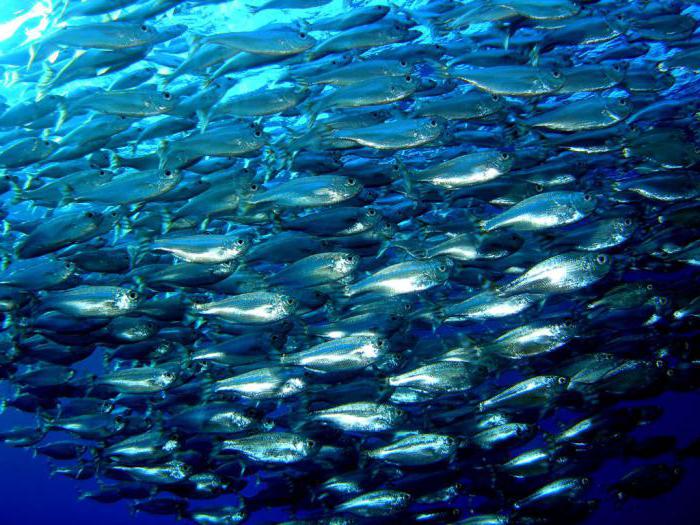
Yes, life exists at the bottom of the Mariana Trench. All the main places where they live water objects biological resources are coastal areas of the seas and oceans with a depth of up to two hundred meters. Rivers and lakes of the coastal part, of course, are also densely populated by representatives of the animal and plant world, but their total size is insignificant.
List of aquatic biological resources
Like the rest of wildlife, the population of the ocean is divided into the biological resources of the animal world and plant life. Moreover, as noted above, the animal world is more diverse than the plant world, and there are much more species of animals in the ocean than plants. The biological resources of the sea include algae, mammals, mollusks, crustaceans, fish. The difference from the land flora and fauna is that the aquatic plant world is smaller by an order of magnitude in terms of diversity and total weight. But people, especially those living on the shores of the seas and oceans, have learned to use the potential with which the biological resources of the World Ocean are filled, for the common good.
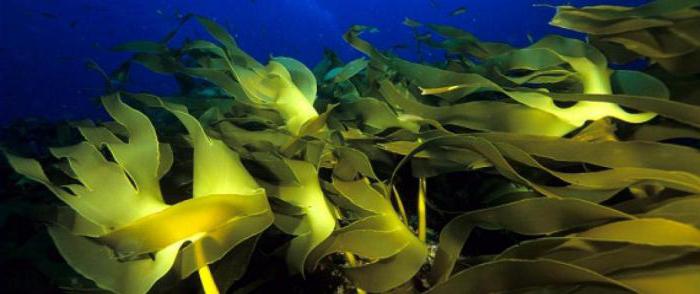
Fish as the main aquatic biological resource
Despite the impressive size of marine mammals (and whales, as you know, are the largest animals on our planet), the main value in today's world for humans is fish. Of the total diversity of ocean resources, up to eighty-five percent of all aquatic biomass that humanity uses is fish. And this despite the fact that in terms of biological resources, the total mass of fish is not more than two percent of the volume. In order not to underestimate the natural content of fish in the oceanic expanses, people have learned to build fish farms where the most valuable breeds are grown.
Mariculture
Mankind is adjusting ocean resources for its needs on land. Aquatic biomass is processed into high-calorie flour, which is used in animal husbandry. Widespread is mariculture - the breeding of marine organisms on plantations. With the help of mariculture, edible oysters and mussels are bred in European countries, and pearl oysters in the countries of the Far East. In addition, edible seaweed - seaweed is grown in the Far East.
Resource issues
The increased use of some types of water resources leads to problems in others. Thus, the construction of hydroelectric power plants affected the composition of the fish stock of rivers, but on a global scale, these figures are insignificant.
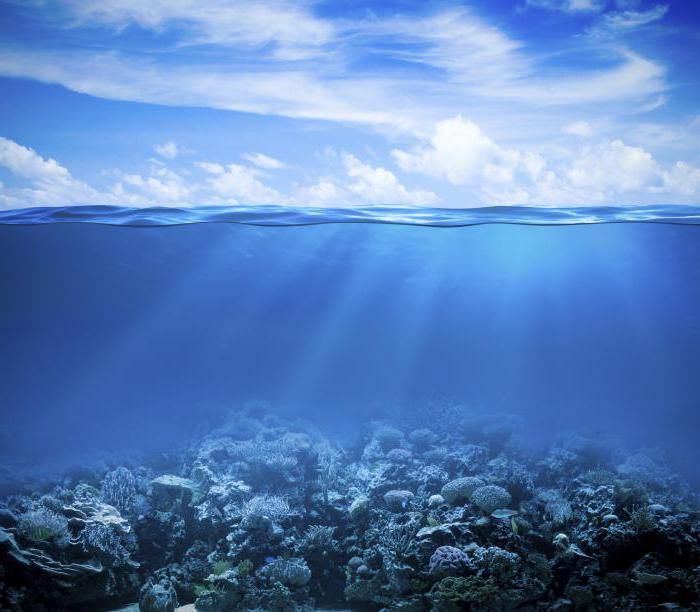
The greatest problem of the modern world is the pollution of sea and ocean waters after accidents during the extraction and transportation of oil. In addition, the rapid growth of industry leads to water pollution with industrial waste and fertilizers. And the increased use of seas and oceans by a large number of people in the form of places for travel and recreation pollutes the water with household garbage. On how well mankind will solve the problems of the oceans, by and large depends on its future.
At the legislative level
At the international level, a number of restrictions have been adopted, which are aimed at reducing pollution of sea and ocean waters. In addition to international agreements, at the level of each country there are legislative acts for the protection of water resources.
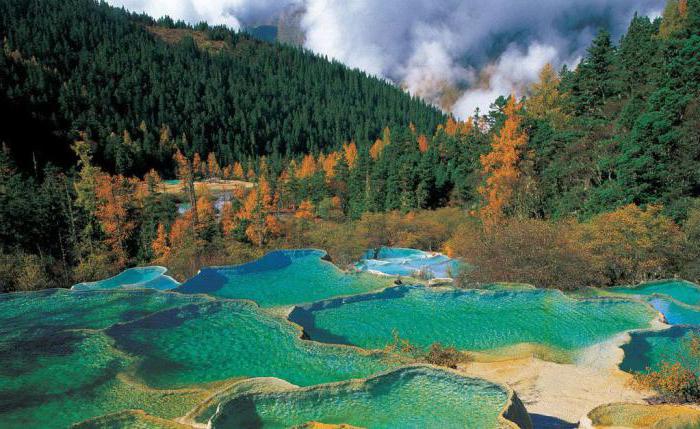
In the Russian Federation, there is a law that defines what aquatic biological resources are. This definition includes, of course, fish, as well as aquatic invertebrates, mammals and algae. It is added that they must be in a state of natural freedom. The law and other by-laws are primarily aimed at preserving those types of biological resources that are irreplaceable. After all, humanity receives twenty percent of its food from the ocean.
